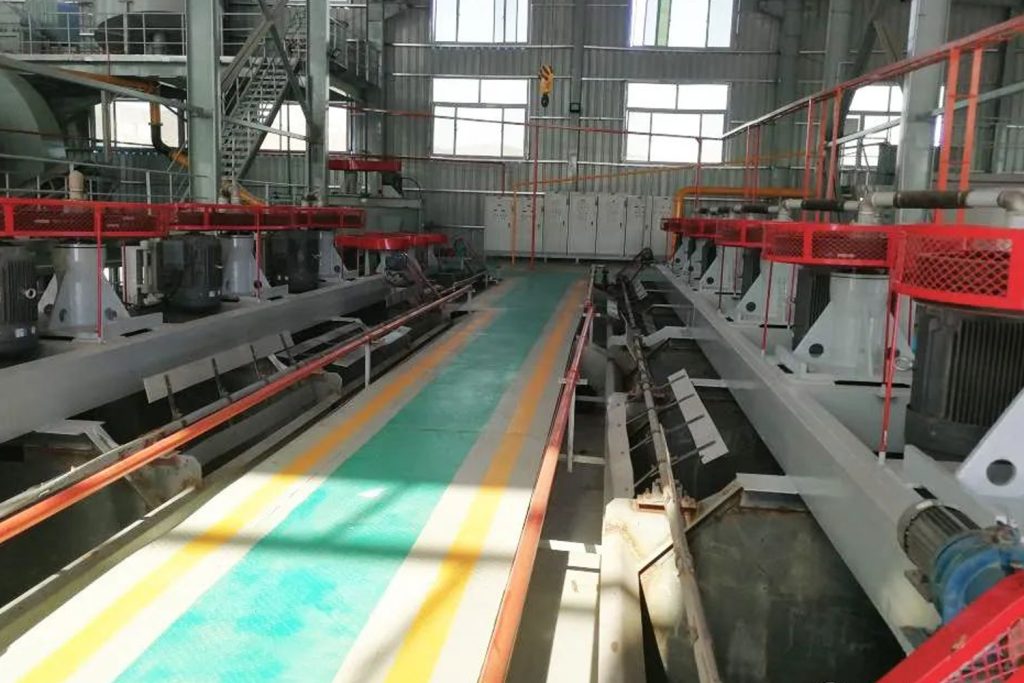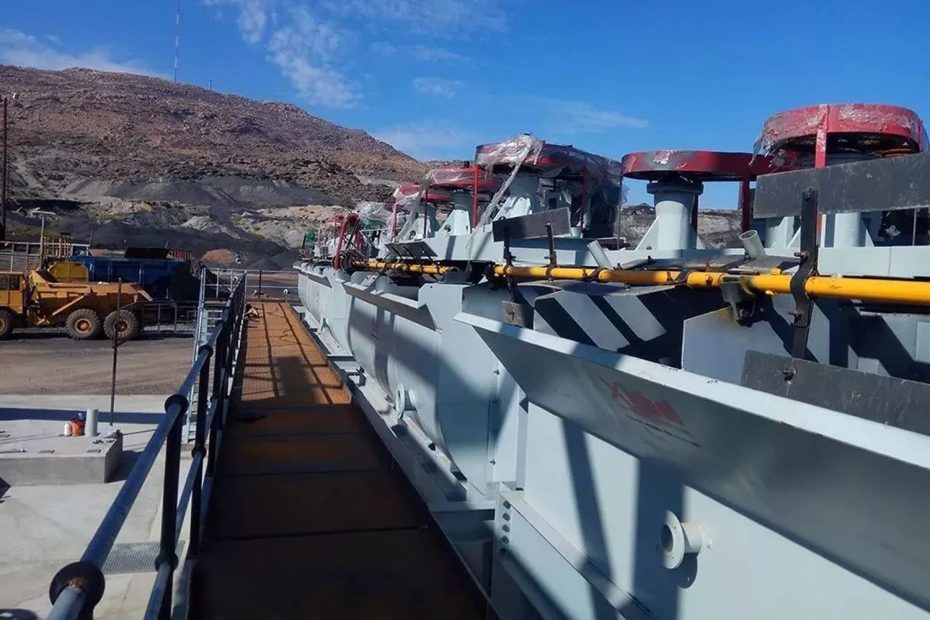Quartz ore mineral processing is a crucial process in the mining industry, aiming to separate valuable quartz minerals from impurities and maximize the economic value of the ore. Various methods are employed for quartz ore bmineral processing, each offering unique advantages depending on the characteristics of the ore deposit. In this article, we will explore the different separation methods used in quartz ore mineral processing, highlighting their principles, benefits, and applications.
Gravity Separation
Gravity separation is a widely used method for quartz ore mineral processing, particularly when the ore particles have distinct differences in density. The key principle of gravity separation is to exploit the variations in particle density to separate the desired minerals from gangue materials. The benefits of gravity separation in quartz ore mineral processing include:
- Simple Equipment: Gravity separation techniques generally require simple equipment, making it a cost-effective option for processing large quantities of quartz ore.
- High Efficiency: Gravity separation methods are efficient for separating quartz minerals with a significant difference in density from associated gangue minerals. It is particularly effective when the density contrast is significant.
- Environmentally Friendly: Gravity separation does not involve the use of harmful chemicals, making it an environmentally friendly option for quartz ore mineral processing.

Flotation
Flotation is another widely employed method for quartz ore mineral processing. It utilizes the differences in surface properties between quartz minerals and associated impurities to achieve separation. The process involves conditioning the ore with specific reagents, creating bubbles that selectively adhere to the quartz particles, allowing them to be separated from the gangue minerals. The benefits of flotation in quartz ore mineral processing include:
- Selective Separation: Flotation enables the selective separation of quartz minerals from complex ore compositions, effectively removing impurities and improving the purity of the final product.
- Versatility: Flotation can be adapted to process various types of quartz ores, making it a versatile method for mineral processing in different mining operations.
- High Recovery: Flotation techniques often result in high recovery rates, maximizing the extraction of valuable quartz minerals from the ore.
Magnetic Separation
Magnetic separation is employed in quartz ore mineral processing to exploit the magnetic properties of minerals. This method utilizes the differences in magnetic susceptibility between quartz minerals and associated impurities to achieve effective separation. The benefits of magnetic separation in quartz ore mineral processing include:
- High Purity Quartz Production: Magnetic separation can effectively remove magnetic impurities from the quartz ore, producing high-purity quartz suitable for applications requiring exceptional purity.
- Selective Recovery: Magnetic separation allows for selective recovery of valuable quartz minerals, ensuring efficient resource utilization.
- Scalability: Magnetic separation techniques can be scaled up to handle large volumes of quartz ore, making it suitable for industrial-scale operations.
Conclusion
Quartz ore mineral processing plays a vital role in unlocking the economic value of quartz deposits. Effective separation methods are employed to separate valuable quartz minerals from impurities and maximize the ore’s potential. Gravity separation, flotation, and magnetic separation are commonly used methods for quartz ore mineral processing, each offering distinct advantages depending on the ore characteristics and desired outcomes. By understanding and utilizing these separation methods effectively, mining operations can optimize their processes, improve quartz ore quality, and maximize profitability.
